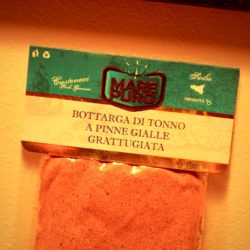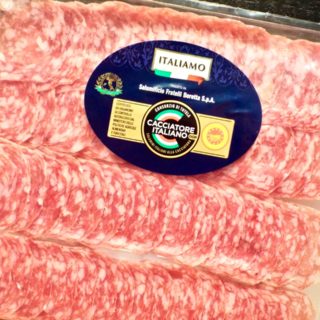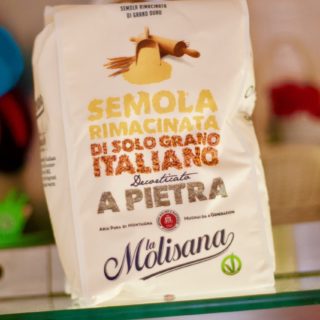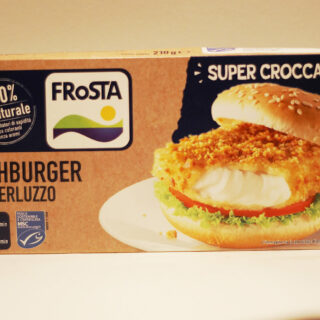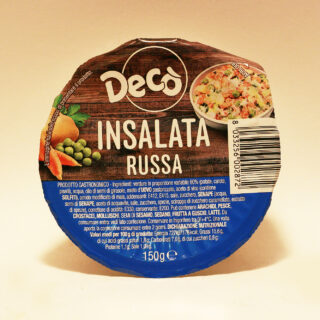
All the products: Tuna bottarga
Tuna roe, is a food specialty originally from Italy in Sicily and some other Mediterranean countries. Bottarga is made by curing and drying the roe (roe) of various fish and, in this case, it comes specifically from tuna. The process of making tuna bottarga involves carefully extracting the egg sacs from the female tuna, usually bluefin or yellowfin tuna. The bags are then cleaned to remove any impurities and excess membranes. Subsequently, they are salted to preserve the eggs and left to dry for several weeks or a few months. This drying process dehydrates the eggs, resulting in a thick texture. Tuna roe has a characteristic taste. It is often grated or thinly sliced and used as a garnish or condiment in various dishes. The common culinary uses of tuna roe in southern Italy in particular in Sicily: 1. Pasta: grated or thinly sliced bottarga can be sprinkled on pasta dishes, such as spaghetti or linguine, together with olive oil and aromatic herbs, to add a unique and intense flavour. 2. Salads: Tuna bottarga can be cut into flakes or grated on salads, especially those with seafood or citrus components, to enhance the overall taste. 3. Dishes fish-based: goes well with other seafood such as grilled fish or shellfish, adding an extra layer of complexity to the dish. 4. Bruschetta or Crostini: can be used as a condiment on croutons with olive oil, creating a delicious and tasty appetizer. Tuna roe is considered a delicacy and is generally more expensive than other fish products. Its flavor is not for everyone, but those who appreciate its unique taste find it a culinary delight. Keep in mind that if you are interested in trying tuna roe or any other type of roe, make sure you buy it from reputable sources, as quality can vary and it is essential to ensure it has been properly cured and prepared and is light in color to pink .
